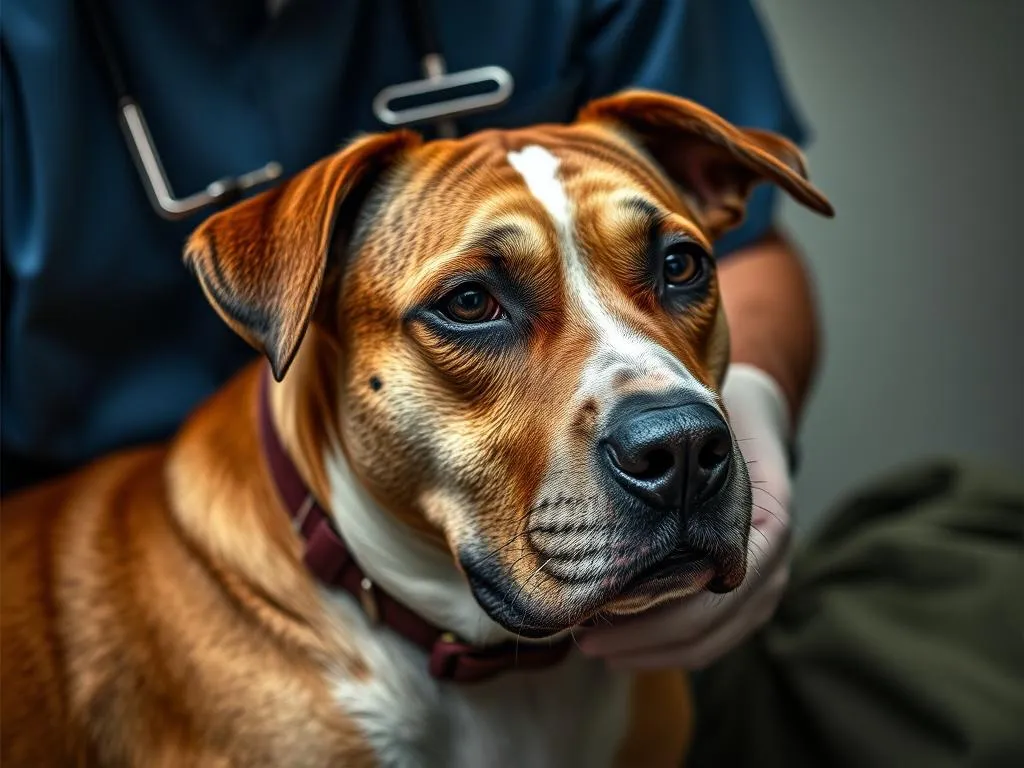
Introduction
During the labor process, ensuring the health and well-being of your dog is paramount. Understanding how to help a dog in labor can alleviate the stress and anxiety that often accompany this critical time. Dog owners frequently have concerns about what to expect and how to provide comfort and assistance. Being prepared and informed can make a significant difference in the outcomes for both the mother and her puppies.
Understanding Dog Labor
What is Dog Labor?
Dog labor, also known as whelping, is the process through which a pregnant dog gives birth to her puppies. This process consists of several stages that can vary in duration and intensity. Understanding these stages—pre-labor, active labor, and post-labor—helps owners to recognize what to expect and how to assist their pets effectively.
Signs of Labor in Dogs
Recognizing the signs of labor in dogs can help owners be prepared for the birthing process. These signs can be divided into behavioral and physical changes.
- Behavioral changes: Many dogs will exhibit nesting behavior, becoming restless or seeking out a quiet space. They may also become more affectionate or withdrawn.
- Physical signs: A noticeable drop in temperature (around 98°F or lower) typically occurs 24-48 hours before labor begins. Loss of appetite is also common as the dog approaches labor.
- Timeline of labor stages: Labor can last anywhere from a few hours to over 24 hours, depending on the number of puppies and the individual dog.
Preparing for Dog Labor
Creating a Whelping Area
Preparing a suitable environment is crucial for the safety and comfort of your dog during labor.
- Safe and comfortable environment: Choose a quiet location where your dog feels secure.
- Ideal location and setup: A whelping box filled with clean, soft bedding is essential. The box should be spacious enough for the dog to move around but enclosed enough to keep the puppies safe.
- Necessary supplies: Gather towels for cleaning the puppies, a heating pad set on low to keep them warm, and a scale to monitor their weight.
Veterinary Preparation
Consulting a veterinarian before labor is essential for a healthy whelping process.
- When to consult a veterinarian: If you notice any unusual symptoms or if the pregnancy is high-risk, seeking veterinary advice is crucial.
- Importance of pre-labor checkups: Regular checkups can help ensure that the mother is healthy and ready for delivery.
- Vaccination and health checks for the mother: Ensuring that the mother is up-to-date on vaccinations and health screenings can prevent complications during labor.
Gathering Supplies
Having the right supplies on hand can make the birthing process smoother.
- Essential items for the birthing process: Gloves, antiseptic for cleaning, and a few clean towels are vital.
- Emergency supplies: A puppy resuscitation kit can be lifesaving if complications arise.
- Post-labor care items: Puppy food and nursing bottles are essential for later care.
The Labor Process
Stages of Labor
Understanding the stages of labor will help you recognize what is happening with your dog.
- Pre-labor: This stage can last for several hours. Signs include nesting, pacing, and mild contractions.
- Active labor: This is when the puppies are born. Each puppy is typically delivered within 30 minutes to an hour after the onset of active labor.
- Whelping: The delivery of each puppy, often accompanied by visible contractions and the expulsion of the amniotic sac.
Assisting Your Dog During Labor
Providing support during labor can help your dog feel more secure.
- How to provide comfort and support: Stay close to your dog, offering reassurance through gentle petting and soothing words. Create a calm environment free of loud noises or distractions.
- Recognizing when intervention is necessary: If your dog struggles to deliver a puppy for more than two hours, it’s time to consult a vet.
- When to call the vet for assistance: If you notice any signs of distress, bleeding, or if the mother appears excessively tired, immediate veterinary assistance is required.
Post-Labor Care for the Mother and Puppies
Immediate Post-Labor Care
Once the puppies are born, your responsibilities shift to ensuring their health and safety.
- Checking the health of the mother and puppies: Monitor both for signs of complications. The mother should be alert and nursing, while the puppies should be active and nursing regularly.
- Importance of monitoring for complications: Keep an eye out for retained placenta or any unusual bleeding from the mother, which could indicate complications.
Nutrition and Hydration
A nursing mother has special dietary needs that must be met to ensure her health and that of her puppies.
- Dietary needs for nursing mothers: Provide a high-quality, nutrient-dense puppy food that meets the increased energy demands of nursing.
- Importance of hydration: Encourage plenty of water intake. You can offer wet food or add water to dry food to help keep her hydrated.
Socializing and Caring for Puppies
Early care for puppies sets the stage for their development.
- Early puppy care basics: Ensure that puppies are nursing effectively and staying warm. Monitor their weight daily to ensure they are gaining.
- When to introduce puppies to new environments: Wait at least 3-4 weeks before introducing them to new environments or people to minimize stress.
Common Complications During Labor
Signs of Complications
Recognizing complications can be lifesaving.
- Distress signals from the mother: If your dog is excessively panting, whining, or exhibiting signs of pain, these may indicate distress.
- Signs of labor stalling or excessive duration: If labor seems to stall for more than an hour or if your dog appears to be in pain without progress, seek medical assistance.
Emergency Situations
Being prepared for emergencies can make a significant difference.
- How to recognize an emergency: Abnormal discharge, prolonged labor, or the mother collapsing are urgent signs that require immediate attention.
- First steps to take before veterinary assistance arrives: Keep the mother calm and comfortable, and prepare for transport to the vet if necessary.
Conclusion
Being prepared to help a dog in labor is essential for the health of both the mother and her puppies. Understanding the stages of labor, creating a safe environment, and knowing when to seek veterinary assistance are all crucial components of this process. Always consult with a veterinarian for personalized guidance and support, ensuring a safe and healthy experience for everyone involved.
FAQs
What should I do if my dog is in labor?
Stay close to her, provide comfort, and monitor the progress. Be prepared to assist or seek veterinary help if complications arise.
How long does dog labor last?
Labor can last from a few hours to over 24 hours, depending on the number of puppies and individual circumstances.
What are the signs that my dog is in trouble during labor?
Signs of trouble include excessive panting, prolonged contractions without delivery, or any unusual bleeding.
When should I call the vet during labor?
If you notice any signs of distress, labor stalling, or if the mother seems excessively tired, contact your veterinarian immediately.









